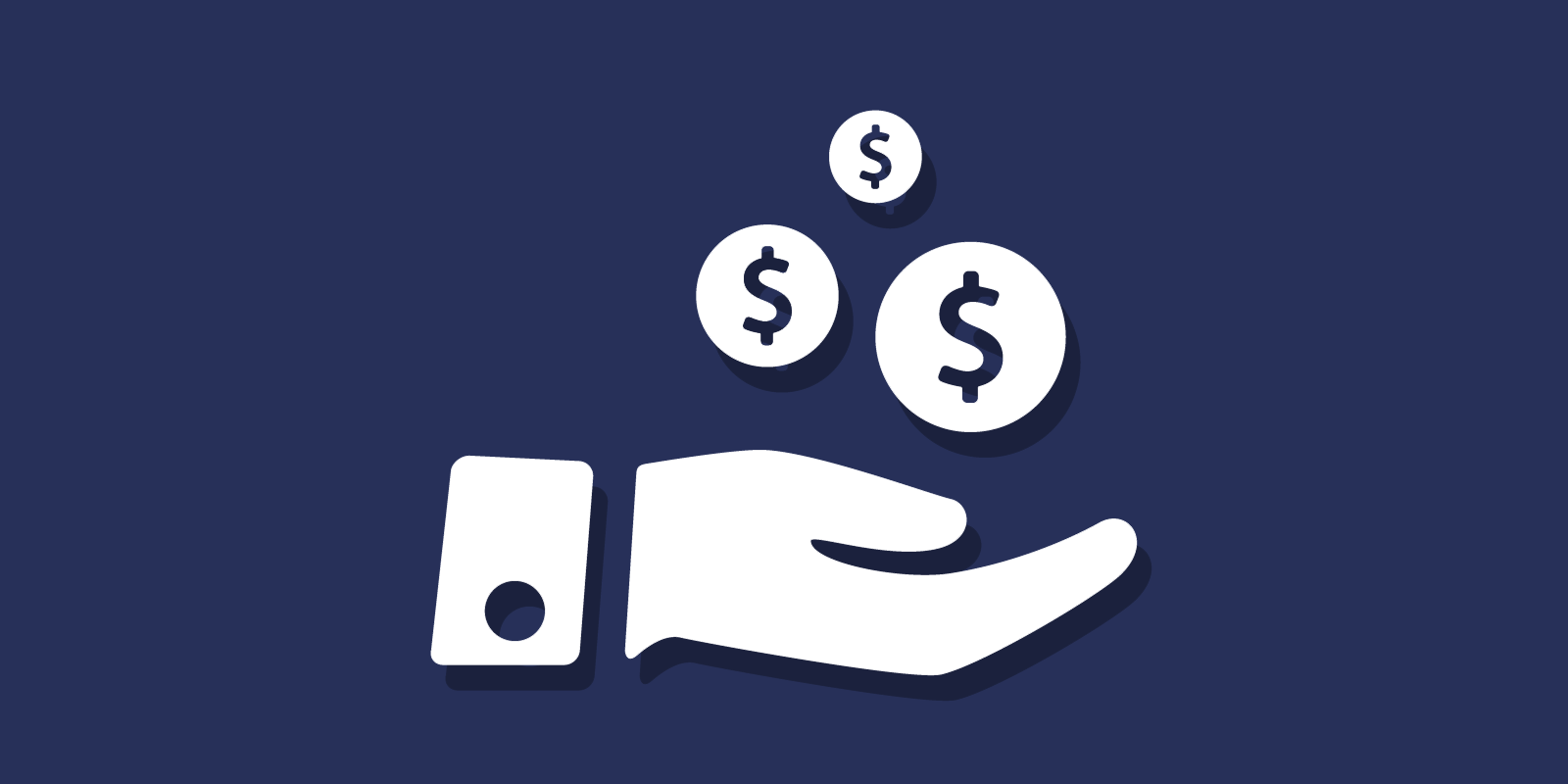The History of E-Wallet
Those shoes are yours if you click, click, click. It didn't matter that you didn't have any cash, debit card, or credit card on you. You may easily transact using your e-wallet. Digital wallets, also known as e-wallets or mobile wallets, are all the rage in the financial world right now. Their use is rapidly growing, as becoming cashless is the newest fintech trend.
So, What is an e-wallet?
An e-wallet, often known as a digital wallet, allows a user to save one or more payment methods digitally. Instead of carrying cash or even credit cards, the user just keeps his or her payment information on a smart device, such as a phone, a watch, or a tablet, which is locked and password secured. Other data can be saved, such as shop loyalty card information and digital discounts.
Ewallets make the checkout process easier, which is why this trend is transforming the e-commerce and financial sectors. Users can get rid of their hefty wallets. They can also connect their phone to their driver's license, health card, loyalty card(s), or other forms of identification. As a result, the smartphone gains even greater clout. Take crisp photographs, socialize on social media, check your email, and now pay your bills.
How it began
Digital payments date back to 1997 when Coca-Cola introduced a few vending machines in Helsinki that allowed consumers to buy a can via text messages. This is said to be the genesis, despite the fact that it is significantly different from modern-day e-wallet transactions.
Soon, mobile devices were used to purchase movie and airline tickets, make hotel reservations, and place food orders. Around 95 million cell phone users have made a transaction using their phones by 2003. In 2011, Google became the first large corporation to offer a mobile wallet. Consumers may pay, collect loyalty points, and redeem discounts using NFC (near field communications) technology. Despite the fact that it was only available on one phone model and was only accepted by a few merchants, it was a huge hit.
Apple released Passbook in 2012, which could be used for boarding passes, tickets, and coupons but not for mobile payments. Two years later, Apple Pay was released. It began in the United States and rapidly expanded to the United Kingdom and China. Android and Samsung Pay were introduced in 2015.
Since then, digital wallets like as GrabPay, Lazada Wallet, PayPal, Touch n Go, vcash, and others have helped to popularise this method of payment. According to a Juniper Research report, over 2.1 billion people would use a mobile wallet to make a payment or send money in 2019.
Is it expensive?
Transferring rewards may cost some money with some e-wallets that provide rewards programs. There might be hidden fees or just certain ways to get advantages. In 2018, for example, customers who used the PayPal debit program earned 1% cashback on regular signature credit transactions. Using a PIN through a digital wallet, on the other hand, would negate this benefit because the transaction is altered at the point of sale. As a consequence, paying $900 each month resulted in a $100 loss for the consumer each year.
How good it is
The most significant benefit of e-wallets for both customers and merchants is the simplicity with which they can make payments. A transaction is followed by an instantaneous money transfer. In addition, the store may process and ship the order right away. The user does not need to give the shop any personal information or bank account information because such details are already saved in the e-wallet. Most e-wallets utilize biometrics as well as passwords to ensure that no one else can use them to make payments.
Is it a gateway to hedonism?
Having easy access to money at all times may encourage hedonistic shopping. According to research conducted by the University of Illinois at Urbana-Champaign, the adoption of mobile payments boosted total money spent by 2.4 percent using transaction data from one of China's major banks and Alipay BABA.
Due to frequent purchases of low-cost products, the overall number of retail transactions increased by more than 23%. The study also discovered that e-wallets caused consumers to spend more money on food, entertainment, and travel, but not on education or healthcare. E-wallets have been widely embraced in a number of nations. M-PESA, mobile payments and microfinancing program, is widely used in Kenya and Tanzania. It is also gaining popularity in Asian nations.
According to a 2017 MasterCard mobile shopping study of 8,500 individuals aged 18 to 64 in 14 regions, the greatest adopters of digital wallets are 45 percent in China, 36.7 percent in India, and 23.3 percent in Singapore. This widespread acceptance does not, however, imply that it is without flaws. “The boom will give way to an implosion, as the number of payment providers contracts,” according to research by Daniel Van Dyke, an analyst at Javelin Strategy & Research.
Store credit for rewards, refunds, returns, and exchanges. Keep the money in the store when refunding.



